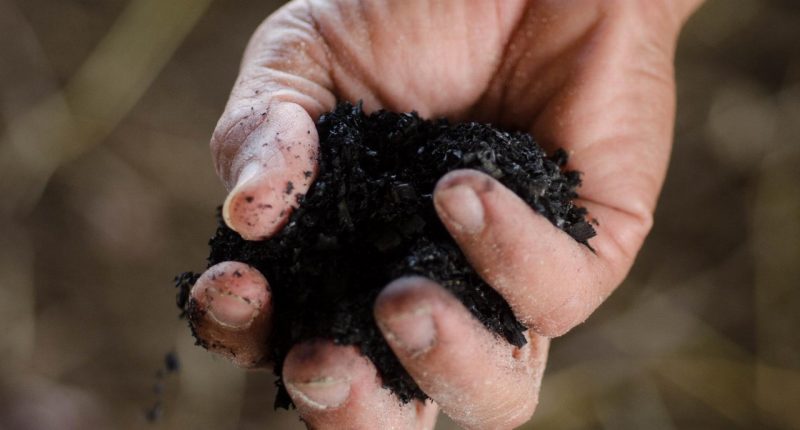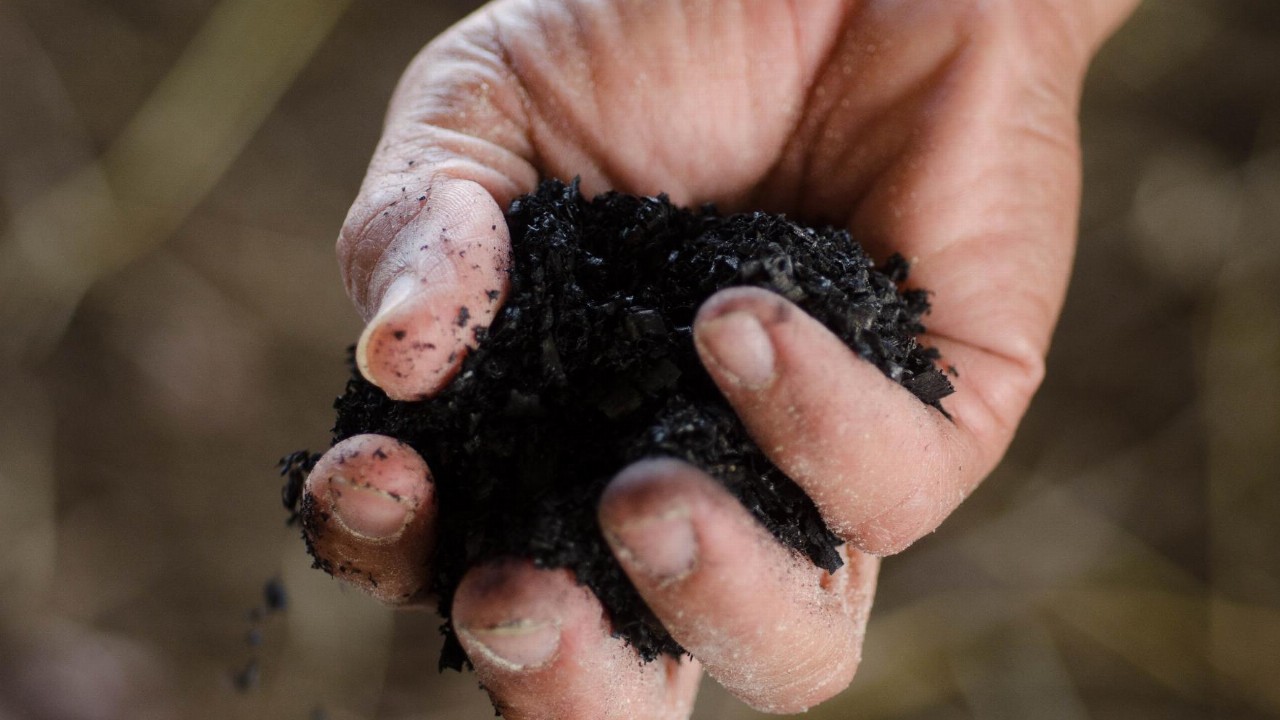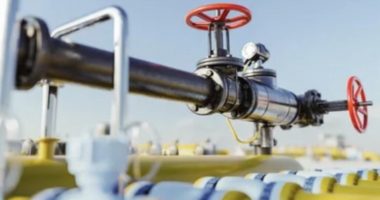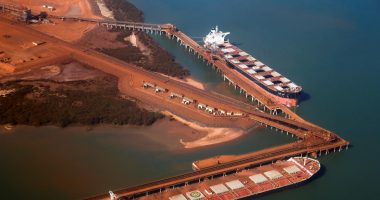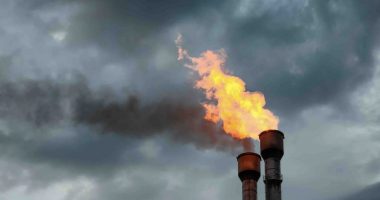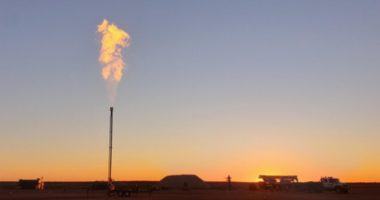- According to a recent study, Reedy Lagoon’s (RLC) work-in-progress “green pig iron” production has the potential to achieve net-zero emissions status
- The study investigated whether RLC could produce high-purity pig iron using HIsmelt technology with net-zero carbon dioxide emissions
- It found HIsmelt technology can replace all the coal in the smelting process with biochar, a charcoal derived from plant matter
- On this basis, Reedy affirms the project could attain net-zero emissions status from the Australian government
- It forms part of Reedy’s broader efforts alongside Disndale Consultants and Smelt Tech Consulting to pursue and commercialise a cleaner “green iron” facility in Western Australia
- Reedy Lagoon shares are up 8 per cent following the announcement, trading at 2.7 cents
According to a recent study, Reedy Lagoon’s (RLC) work-in-progress “green pig iron” production has the potential to achieve net-zero emissions status.
The latest study was completed by project Dinsdale Consultants, which are currently working alongside Reedy Lagoon and Smelt Tech Consulting to pursue the establishment of a cleaner “green iron” facility in Western Australia.
The study sought to investigate the potential for RLC to produce high-purity pig iron using HIsmelt technology with net-zero carbon dioxide emissions.
The HIsmelt process smelts iron ore into pig iron using charcoal or, biochar, in lieu of coal for the reductant, which Reedy has previously affirmed has lower environmental emissions than conventional technologies.
The latest Dinsdale Report confirms HIsmelt technology can replace all the coal in the smelt process with biochar — charcoal produced by the thermal decomposition of plant matter.
On this basis, Reedy has claimed the HIsmelt technology, when using coal, could
reduce the carbon emissions to approximately 1.3 tonnes of carbon dioxide per tonne pig iron, compared to the 1.8 to two tonnes per tonne pig iron when smelting iron ore in conventional blast furnaces.
Factoring in the many production accounting principles associated with achieving net-zero emissions status from the Australian government, Reedy affirms the use of biochar instead of coal in the HIsmelt process could be treated as “near-zero” and is subsequently worth pursuing.
Although an intriguing prospect, it would take some five to ten years to establish a sufficient supply of biomass to replace coal in the smelt process and would still require necessary approvals to attain net-zero status.
In terms of tangible action, Reedy says it is assessing sites for the smelter at Collie, Kwinana and Northam, obtaining permits for drilling at the Burracoppin Magnetite deposit, investigating potential biomass crops and seeking collaborations with government agencies to develop the project.
Reedy Lagoon shares are up 8 per cent following the announcement, trading at 2.7 cents at 1:12 pm AEDT.

